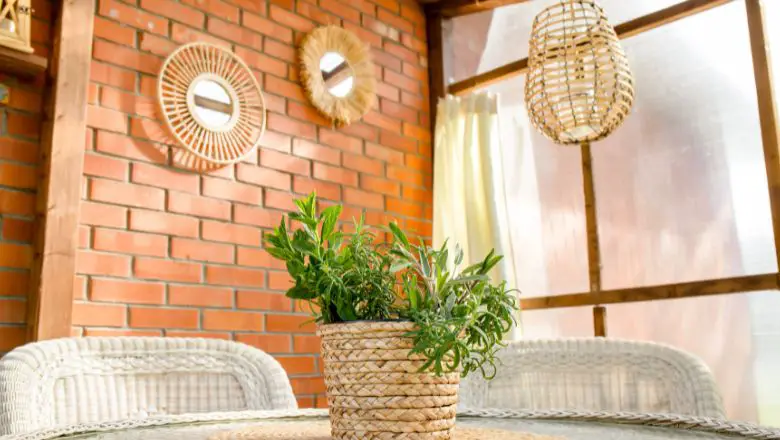As someone who has experienced the persistent nuisance of mosquitoes infiltrating every nook and cranny of my living space, I’ve stumbled upon a brilliant solution that not only fends off these relentless pests but also brings a refreshing touch of nature indoors.
And all thanks to five incredible natural mosquito-repellent plants that I’m gonna share with you in a second.
Ready to banish those bothersome bugs and reclaim your indoor sanctuary? Join me in unraveling the secrets of these leafy wonders!
Say Goodbye to Mosquitoes With These 5 Natural Repellant Plants
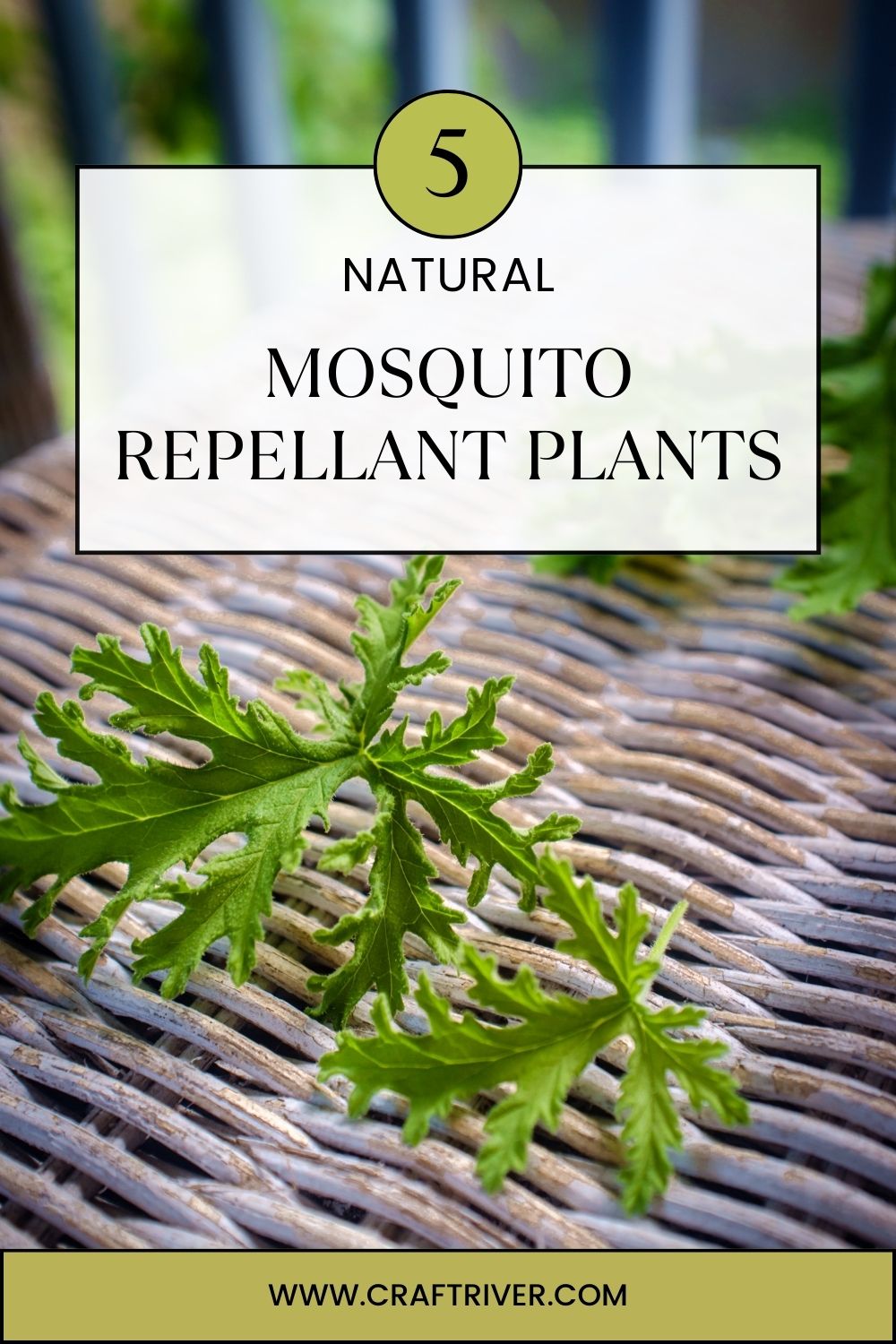
Are you tired of being an all-you-can-eat buffet for mosquitoes every summer? It’s time to turn the tables and show these pesky parasites who’s boss.
Our secret weapon? Nature herself!
In the following section, I’ll introduce you to 5 plants that act as natural mosquito repellants, allowing you to enjoy your outdoor space itch-free.
Lavender Bliss: Your Scent-national Mosquito Armor!

When it comes to creating a serene, mosquito-free environment, I have found that lavender is an exceptional plant that not only adds a touch of beauty to my garden but also acts as a natural deterrent to those pesky mosquitoes.
How to Plant and Maintain Lavender?
Planting and maintaining lavender is a delightful and straightforward process.
I recommend selecting a sunny spot with well-draining soil for optimal growth.
Remember to water the plant sparingly to prevent root rot, and trim back the plant after flowering to encourage healthy growth in the following season.
Tips for Using Lavender as a Mosquito Repellent
To fully harness lavender’s mosquito-repellent properties, I suggest drying the harvested flowers and placing them in small sachets to be strategically positioned around the outdoor seating area.
Additionally, you can extract the essential oil from the lavender flowers and use it in DIY candles or sprays for added protection against those persistent bugs.
Citronella Charm: Your Zesty Shield Against Mosquito Invaders!
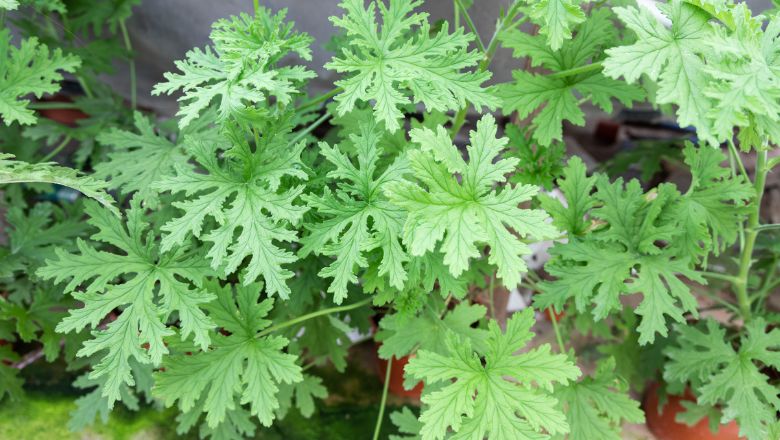
Citronella has been my go-to plant for warding off mosquitoes in my outdoor space, thanks to its potent natural oils that act as a powerful deterrent against these pesky insects, allowing me to enjoy peaceful evenings without the constant buzzing and biting.
Planting and Caring for Citronella
Planting and caring for citronella is relatively simple and rewarding.
I’ve found that it thrives in well-drained, slightly acidic soil, and benefits from regular watering and ample sunlight.
As it grows, regularly trim the plant to encourage new growth and maintain its bushy appearance, ensuring its mosquito-repellent properties remain at their peak.
Creative Ways to Use Citronella in Your Outdoor Space
Incorporating citronella into your outdoor decor is not only practical but also adds a touch of greenery and freshness to your surroundings.
I’ve successfully used citronella in various ways, from planting it in decorative pots and placing it strategically around seating areas to creating DIY citronella candles using the plant’s essential oil, infusing my evenings with a delightful lemony fragrance while keeping mosquitoes at bay.
Rosemary Revival: Unleashing Nature’s Mosquito Banisher!
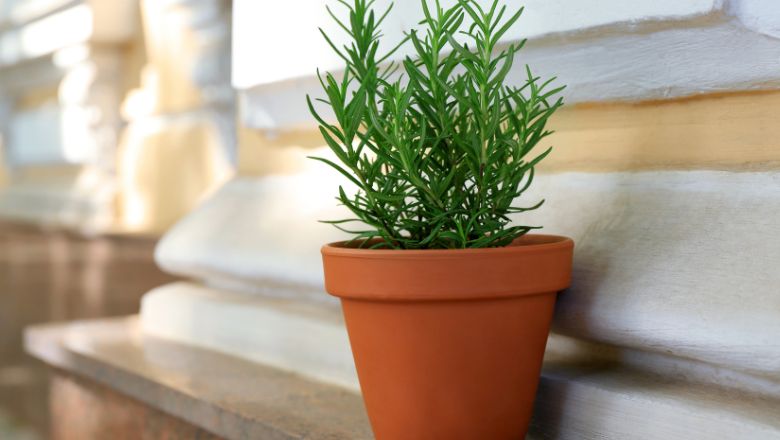
Rosemary, with its distinctive aroma and robust nature, has been a game-changer in my battle against mosquitoes, effectively keeping these pesky insects at bay while adding a delightful herbal fragrance to my outdoor haven.
All these while allowing me to fully enjoy my garden without the constant nuisance of bug bites.
Growing and Cultivating Rosemary in Your Garden
Growing and cultivating rosemary has been a joy, as it is a relatively low-maintenance herb that thrives in well-drained soil and plenty of sunlight.
I’ve discovered that regular pruning encourages bushy growth and enhances its mosquito-repellent properties, making it a versatile and practical addition to any outdoor space.
Innovative Ways to Incorporate Rosemary into Your Outdoor Decor
Rosemary’s versatility extends beyond its mosquito-repellent properties, as I’ve found creative ways to incorporate it into my outdoor decor.
From planting it in decorative pots and placing it along walkways to using sprigs of fresh rosemary as natural and aromatic insect repellents during outdoor gatherings, this herb has truly become an essential and multifaceted feature in my garden sanctuary.
Basil Bonanza: Your Flavorful Fighter Against Pesky Mosquitoes!

Basil, with its rich and aromatic foliage, has become an unexpected yet effective ally in my quest to keep mosquitoes at bay, infusing my outdoor space with a refreshing scent while naturally deterring these pesky insects.
Tips for Planting and Nurturing Basil Plants
Planting and nurturing basil plants has been a delightful experience, as I’ve learned that they thrive in well-drained soil and require consistent watering and ample sunlight.
Regular pruning is essential to promote healthy growth and enhance the plant’s natural mosquito-repellent properties, ensuring that my outdoor haven remains a pleasant and bug-free sanctuary.
Culinary Uses for Fresh Basil and Its Insect-Repelling Benefits
Beyond its role as a natural mosquito repellent, I’ve discovered that fresh basil also adds a flavorful and aromatic touch to my culinary adventures.
Whether incorporated into salads, pasta dishes, or homemade pesto, basil has not only enhanced my cooking but also acted as a dual-purpose plant, offering both a delightful culinary experience and a reliable defense against those pesky mosquitoes.
Marigold Magic: Your Floral Fortress Against Mosquito Intruders!
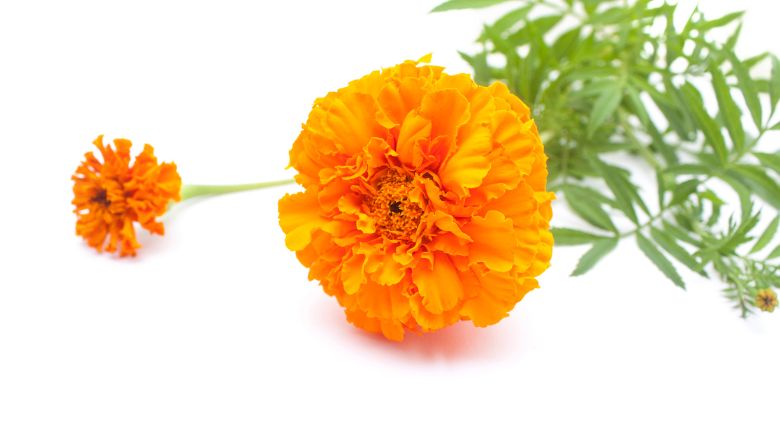
Marigolds have proven to be my secret weapon in creating a vibrant and bug-free garden sanctuary, as their bright and cheerful blooms not only add a pop of color but also naturally repel pests, including mosquitoes,
Best Practices for Planting and Maintaining Marigolds
Incorporating marigolds into my garden has been a breeze, as these hardy plants thrive in well-drained soil and under ample sunlight.
Regular deadheading encourages continuous blooming, while proper spacing between plants ensures optimal growth and maximum pest-repelling efficiency, creating a visually stunning and insect-free outdoor haven.
Utilizing Marigolds for Both Aesthetic and Functional Purposes
Marigolds have not only enhanced the aesthetic appeal of my garden but have also served functional purposes beyond their pest-repelling properties.
From adorning flower beds and borders to attracting beneficial pollinators, these versatile blooms have become a cornerstone in my gardening endeavors, adding both beauty and practicality to my outdoor sanctuary.
How Do I Keep Mosquitoes Out of My Yard Naturally?
Companion Planting
Consider planting these mosquito-repellent plants alongside other garden favorites to create a naturally pest-resistant and visually appealing landscape.
Regular Pruning and Maintenance
To maximize the mosquito-repellent properties of these plants, ensure regular pruning, watering, and soil maintenance, creating a thriving and fragrant outdoor haven.
DIY Essential Oil Blends
Explore the world of DIY essential oil blends using these plants to create personalized and effective natural mosquito repellents for both indoor and outdoor use.
Creating Decorative Potpourri and Sachets
Dry the harvested flowers and herbs to create decorative potpourri and sachets that can be strategically placed around your home and outdoor seating areas for added protection against mosquitoes.
Educating Yourself on Plant Care
Stay informed about the specific care requirements for each plant to ensure their long-term health and efficacy as mosquito repellents, allowing you to maintain a beautiful and bug-free outdoor space throughout the seasons.
Frequently Asked Questions Mosquito Repellent Plants and Flowers
Are these plants effective against other pests besides mosquitoes?
While these plants are primarily known for their mosquito-repellent properties, some of them, such as citronella and marigold, can also deter other common garden pests, providing an additional layer of protection for your plants.
Can I grow these plants indoors to repel mosquitoes inside the house?
Absolutely! Certain plants, like basil and lavender, can thrive indoors if provided with adequate sunlight and proper care, effectively helping to repel mosquitoes and adding a refreshing touch to your indoor space.
How often do I need to replace or replenish these plants to maintain their effectiveness?
With proper care and maintenance, these plants can retain their mosquito-repellent properties for an extended period. Regular pruning, watering, and providing adequate sunlight are key to ensuring their longevity and continued efficacy.
Are these plants safe to use around pets and children?
Most of these plants, when used as recommended, are safe to have around pets and children. However, it’s always advisable to exercise caution, especially with essential oils derived from these plants, as some pets may have sensitivities or allergies.
Can I use these plants in combination with other mosquito control methods?
Absolutely! These plants can complement other mosquito control methods, such as removing standing water, using mosquito nets, and employing natural repellents. Integrating these plants into your pest control strategy can create a comprehensive and eco-friendly approach to managing mosquitoes.
Embracing Nature’s Shield: A Mosquito-Free Haven Awaits!
Embracing natural mosquito repellant plants such as the ones mentioned above not only makes your garden space more pleasant but also shields you from those nagging mosquito bites.
These plants are attractive and easy to care for, making them a fantastic addition to any garden or balcony.
Moreover, they offer an eco-friendly and cheaper alternative to commercial repellants that often contain harmful chemicals.
So why not take advantage of what Mother Nature has gifted us? Make a small change today by adding these plants to your garden and enjoy a mosquito-free environment!
